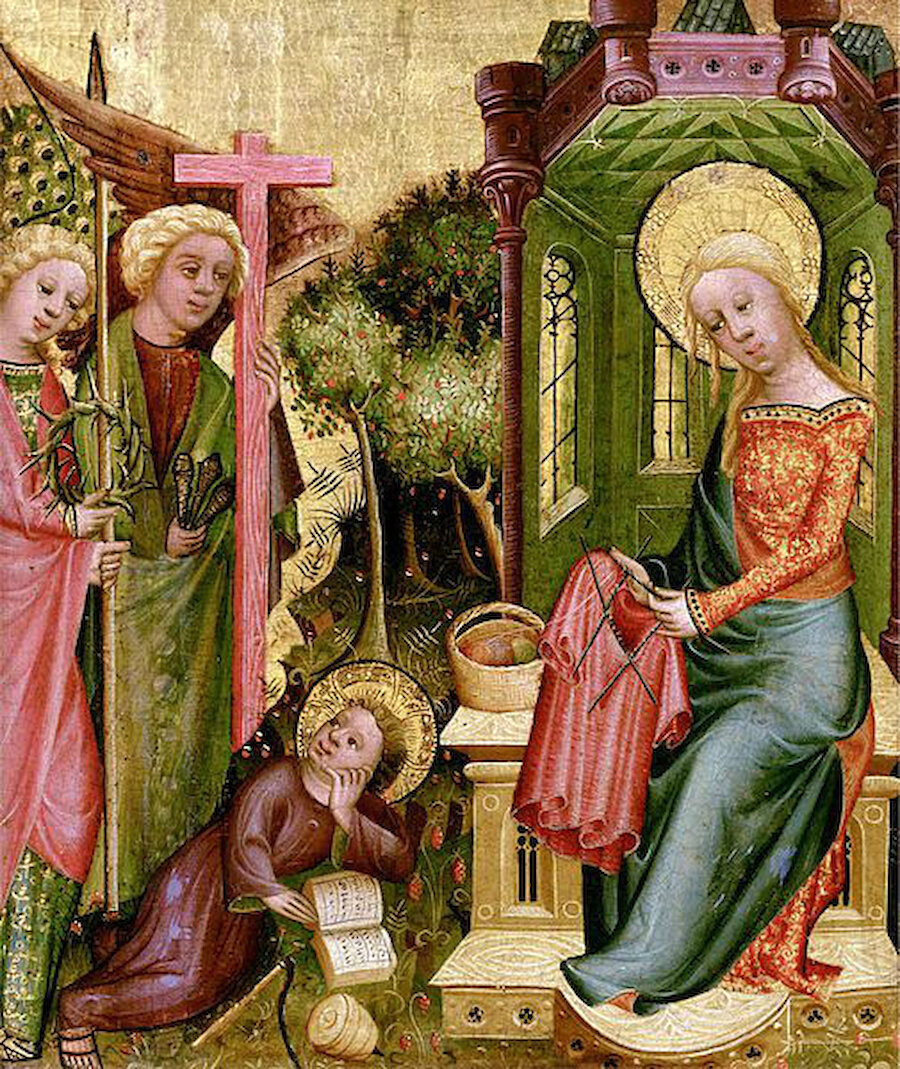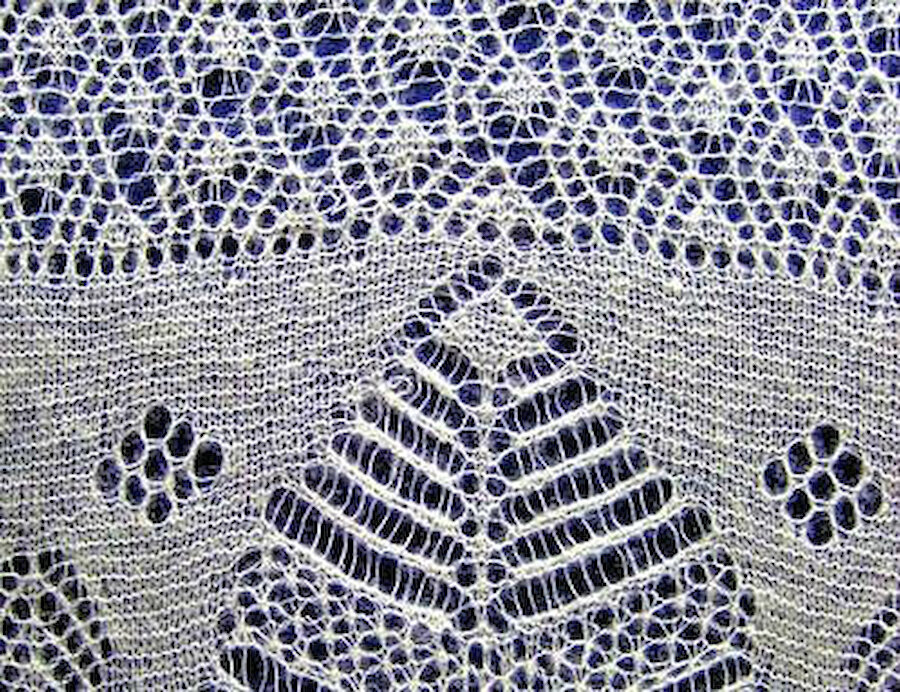It's not clear exactly when Fair Isle patterns came into use. Various theories have been put forward but in fact Fair Isle is just one of the many traditions involving stranded, colourful patterns that exist around Europe. Shetland and Fair Isle were exposed over several centuries to fishermen and traders from Scandinavian and other northern European countries, so it’s no surprise that the islands should have developed their own, distinctive tradition.
By the middle of the 19th century, knitwear had become one of the pillars of the Truck System, a trading arrangement which involved payment in kind. Barter, in various forms, had often been employed in Shetland, for example in the fish trade. For knitters, truck meant they paid for goods at the local shop in cardigans, stockings or shawls, rather than receiving cash for those items. The “exchange rate” didn’t favour the knitter.
Government commissions enquired into the system but it seems that many merchants ignored new laws aimed at curbing it. Truck didn’t completely collapse until the Second World War, when the many troops stationed in the islands paid in cash, and a new Shetland Hand Knitters’ Association – a cooperative – helped transform the knitting economy.


















